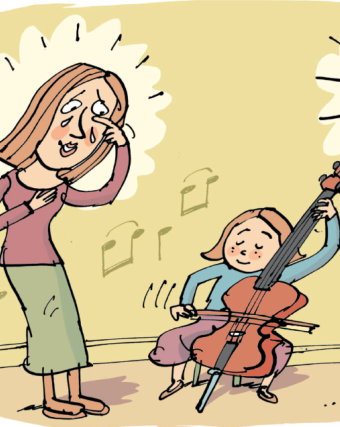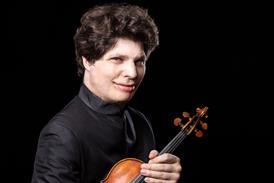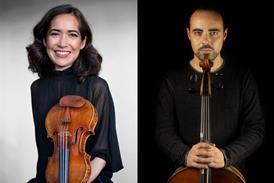Enforcing a regime is never a good idea, says Da Capo Music founder Jane Cutler

Teachers and parents should have the same desire for their pupils and children: to enjoy music making, to progress and to become proficient so that it becomes a part of their lives. This is very simple to say but it is difficult to balance ‘progress’ with the ideal of ‘enjoying music’ because, as teachers, we feel we have to ensure progression.
It is stating the obvious to say that the more you do something the better you become, but why is ‘getting better’ the main goal of music making? Shouldn’t the main goal be enjoyment? And generally the by-product of doing something you enjoy is that you get better at it.
Playing at home should come from the pleasure of making music and should not be a chore or duty. Very young beginners will not have any idea what to play at home; they are unlikely to be at the stage of reading their music easily and they can’t hold everything in their heads.
Older children may have things that interest them more, and until the teacher finds what motivates each child it is pointless expecting them to devote a certain number of minutes per day or week to something with which they are not connecting.
I have a friend who plays professionally but never practised at home. Coming from a musical family he played quartets regularly. He says he couldn’t stand the sound he made without the other three. Children who have a good ear are often reluctant to play alone. Who wants to do something that they may well find difficult and do badly, on their own in a room away from friends and family?
If children are forced to practise, this skews their purpose and motivation and they learn to begrudge the time spent. So, what is the alternative?
I find that children are motivated to do something that they can do and that the adult perception of practice is to spend time working on improving something that you can’t do. So, as the UK string teacher John Shayler has argued, we should treat learning an instrument in the same way that we treat learning to drive: we stop and start along the streets with left and right turns, while the really tricky manoeuvres, such as three-point turns and parallel parking, are only done occasionally. We become more proficient and confident by doing the things that we can do. Children should play pieces at home that they can play.
Children also like variety. This goes against the adult perception that practice is about ‘getting things right’ before moving on. Variety of repertoire is extremely important – not because young players need a variety of style (a subject for another time) but because they need a variety of challenges.
Children need short pieces that they can play by heart, improvise around, transpose and even transform. They also need pieces that:
- are longer and have piano accompaniments, or are duets
- have rhythmic and/or technical challenges
- they may want to perform
- they want to revisit
So if they feel like playing at home, they have a lot to choose from, depending on their mood. They also have the choice of either playing something they know well or tackling a more challenging piece. They can choose one thing or have a go at everything. With all of this choice they are firmly in control of their own learning and there is no fight with a parent.
Making their own decisions about playing at home means that children, as they become independent of their parents, do not throw music out of the window because they no longer have to agree to enforced practice. Finally, the struggles and arguments about practice often mean that children give up long before they are able to choose to say ‘No.’ And once they have given up they will not have the pleasure of making music for the rest of their lives.



































No comments yet